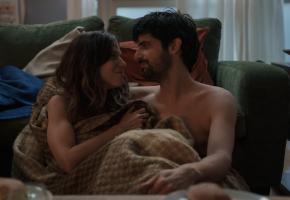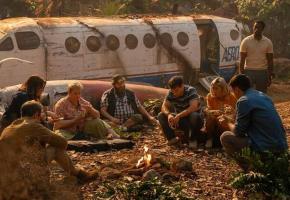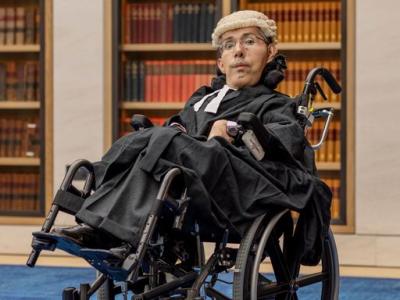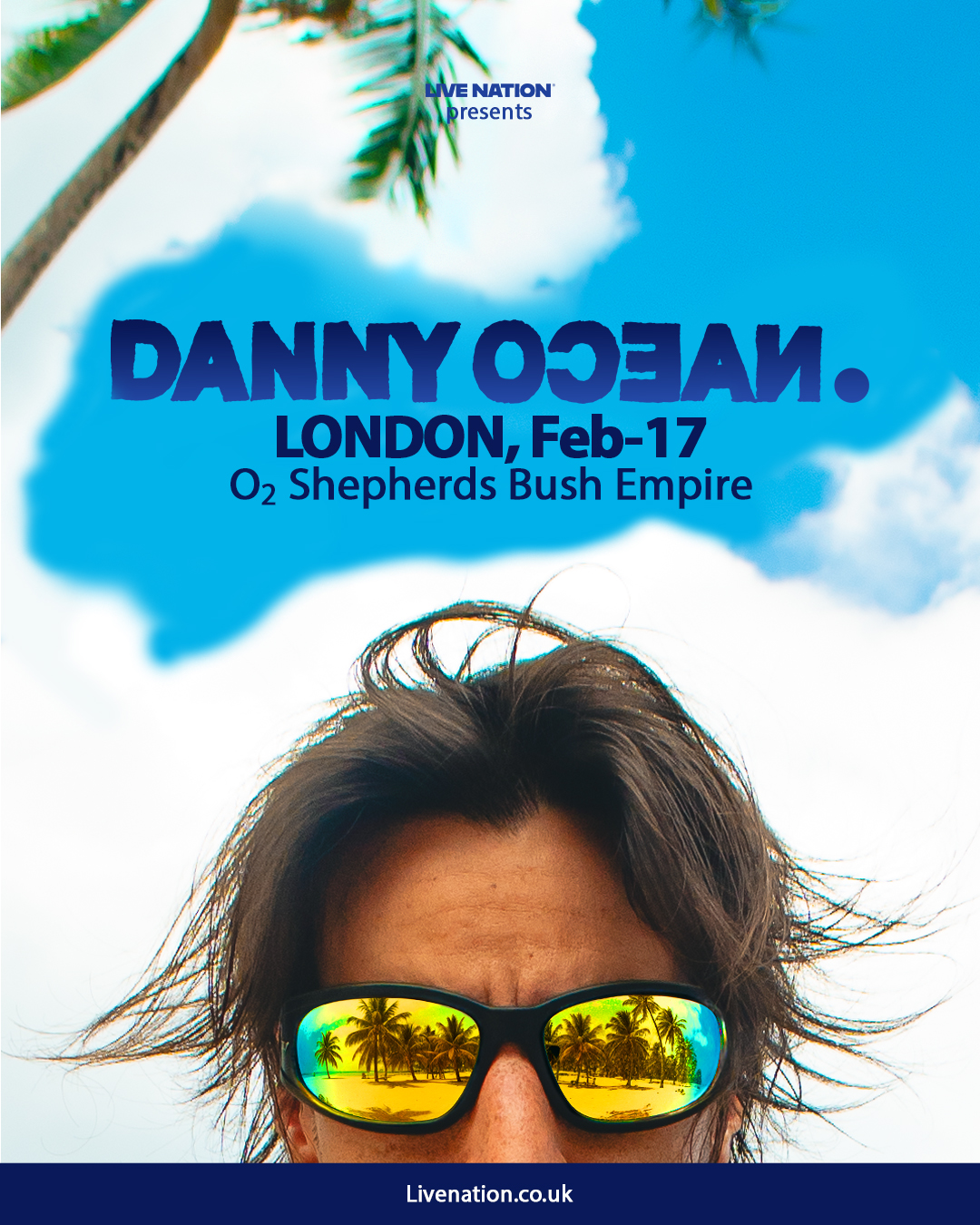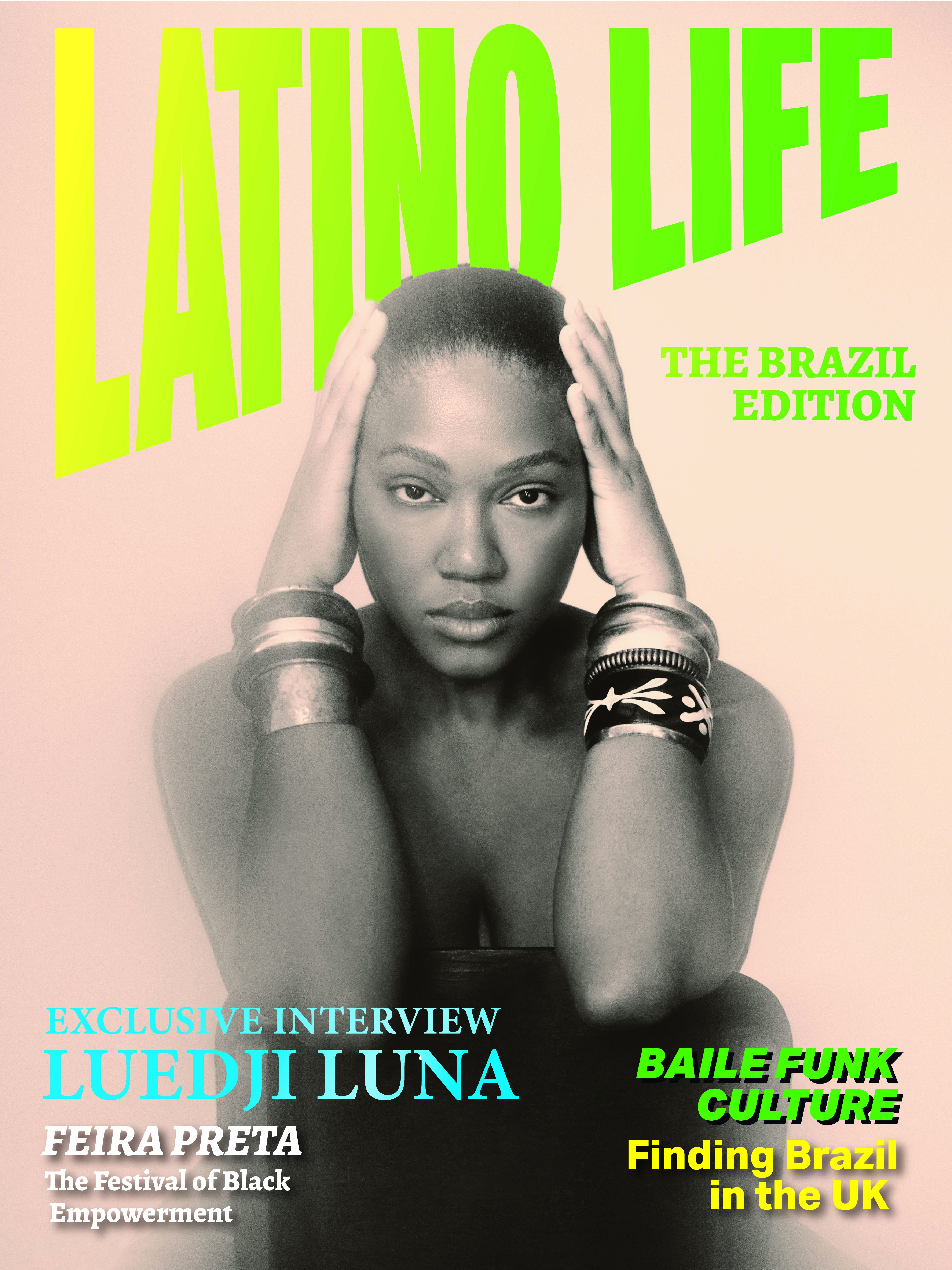José Bolaños Becerra in Caballerango.
The variety of documentaries in this year’s festival is impressive. India’s Priya Sen’s YEH FREEDOM LIFE, her first feature- length film teases with questions about “the uncertainty of a life fully open to love”. She admits she cannot answer the questions but leaves thoughts dangling tantalizingly in front of the viewers. Her controversial studies of alternative sexualities in her film ‘About Elsewhere’ (2007) led to her being blacklisted from receiving further public broadcast money.
Then we move to the very different Floor van der Meulen’s sad story of ‘THE LAST MALE ON EARTH’ that emphasizes the instrumental value of protecting wild life. Named Sudan, the rhino superstar protagonist was the last remaining male northern white rhinoceros. He finally died in 2018, with the subsequent threat to the survival of this sub- species. After the death of Sudan, Dvůr Králové Zoo spokesman Jan Stejskal declared that "We must take advantage of the unique situation in which cellular technologies are utilised for conservation of critically endangered species. It may sound unbelievable, but thanks to the newly developed techniques even Sudan could still have an offspring.” ‘The Last Male on Earth’ examines challenges that face the issue of wildlife survival today as well as the relationship between the rhino and his devoted keeper James.

Documentaries have the ability to immerse the viewer in real time. The gentle observing camera has the ability to allow the characters to ‘be’ in a way that no fiction film can equal. Often filming unobtrusively in a car and keeping the camera on the faces, as in the case of José Bolaños Becerra, Nando’s father in the Mexican film ‘Caballerango’. When asked about the last time he had seen his son, his pain is revealed through his eyes, the contours of his face and through the repetitions of his phrases, as if they might somehow bring greater relief through the recounting.
Using this technique, the director converses with the father, the sister, Vero and the brother, from the Bolaños Becerra family , slowly revealing the events that led to Nando’s death and how the people in the area have been affected, not only by this loss, but also by the rapid modernization in their agrarian work and the resulting hardships. The village is haunted by a spate of suicides as well as by the young leaving and not returning. Nando’s father obtains a ticket to take part in the procession of the Virgin that sweeps through the rural town hoping the bring some peace to the bereaved.
‘Caballerango’ is set in a valley in the highlands in the Mexican state of Jalisco, around the town of Atotonilco el Alto, which is the director’s home town. The word Atotoniclo means ‘place of hot water’ in Náhuatl. It is through the everyday life and informal conversations in this rural, farming town that the Bolaños Becerra family and the villagers relate their feelings and reactions to what happened and what is still going on. The main topic is Nando, who hung himself after an argument when he was very drunk. Nando was the horse wrangler, or handler, of some ‘Isabella’ or Palomino horses that feature like visions of beauty in the landscape. These stunning horses, of historic Arabic- Moorish- Spanish breeding are so- named because of ‘Queen Isabella of Spain’ who would only ride Palominos, as she considered them the horses of nobility. She is known to have sent a Palomino stallion and five mares to the New World to populate those lands with her signature horses. Some say they were called Palomino after the Spanish Conquistador Juan de Palomino who was given one as a gift by Cortez himself. These are the horses that were cared for by the young Nando and their ethereal quality permeates the scenes in which they appear.

The Director Juan Pablo González developed the idea for this film from an earlier short on the same issue called ‘The Solitude of Memory’ (¿Porqué el Recuerdo? 2015) for which he won the Grand Jury Prize for Best Documentary short at the Slamdance Film Festival (2015). His work has been screened at top film festivals like Cannes, Rotterdam. IDFA, the Lincoln Center of New York, Habana, and others. ‘Caballerango’ has also gone on to win the ‘Best Feature Film Award’ at the Guadalajara International Film Festival 2019.
‘The Solitude of Memory’ trailer: https://vimeo.com/103922299
In ‘Caballerango’, there are disturbing scenes that shock, like a steer being slaughtered without being stunned, that leave a trail of emotions behind. Through these moments, including races between two young men and references to people who have left for the USA, there is a sadness that is woven into the film as people deal with loss, socio-economic hardships and family love. Many families have been affected, Nando is only one of many. The people show a deep resilience and inner strength, which comes through in the taciturn attitudes of the older generations.
The sound, ( Quevedo and Reynolds) was particularly evocative, helping bring the stunning landscapes shot by Jim Hickcox) to life.
Caballerango
The art of non- fiction is well highlighted at this festival. Documentaries, for so long considered the lesser art of film making are proving to be capable of a comeback with many powerful productions that reach main-stream cinemas. Rightly, the Open City Documentary Festival supports ‘ASSEMBLY’, a new development lab for creative documentaries that aims to create a space for filmmakers to develop and strengthen their projects, in particular trying to empower film makers from countries of low audio-visual production capacity.
DIR Juan Pablo González
Production Makena Buchanan/ Ilana Coleman/ J. Gonçalves
Camera Jim Hickcox/ Gerardo Guerra
Sound Quevedo and Aidan Reynolds



